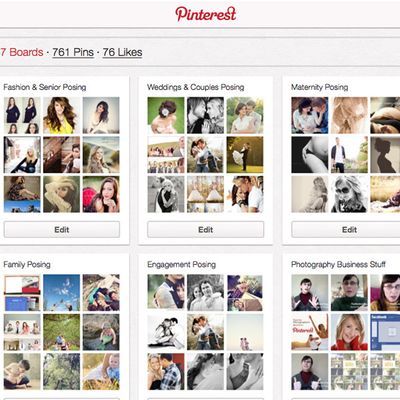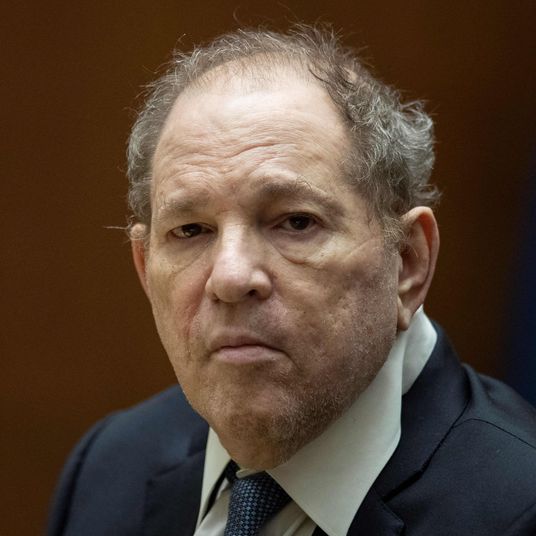
I confess that, a few years ago, when I learned about Pinterest, the social scrapbooking site, I was amused but not particularly blown over. I signed up, created a few jokey pinboards, mostly about topics like “Warren Buffett Doing Folksy Things,” and then my account went dormant. I didn’t get the site’s broader purpose — whom it was meant for, why anyone would use it as a primary way of communicating online, and how it would ever make money — and I chalked it up to a nifty if ultimately unpromising attempt to bring the offline cult of scrapbooking online.
Well, it turns out I was wrong. Three years after its founding, Pinterest is not only thriving, but beating lots of other popular Internet companies where it counts. The site just raised $225 million at a valuation of $3.8 billion — making it worth fifteen times as much as the Washington Post, twice as much as the New York Times, and more than Spotify, as of its last closed funding round. So why was I until recently — and why do others still seem to be — unwilling to take Pinterest as seriously as those businesses?
Here are some fairly representative Twitter reactions to yesterday’s funding news:
“Pinterest has raised $225 million in funding. How much money is there in Californian girls’ moodboards?” — @ben_hart
“Pinterest gets crazy valuation on latest funding. $3.8 billion. Still don’t know many people that use it.” — @Kantrowitz
Part of this reaction likely has to do with the difference between who uses Pinterest — 80 percent women, many of whom live in Midwestern states — and who writes about Pinterest funding rounds: a male-dominated, coastal tech press. Another part is probably related to Pinterest’s so-far-underwhelming revenue model, which is still in its infancy. Whenever Pinterest raises more money, the tendency is to write it off as a social-media fad and the symptom of a bubble — unlike, say, Instagram and Snapchat, two services that also had no revenue, but whose multimillion-dollar private valuations were rarely scoffed at.
In Pinterest’s case, my reeducation has come largely by proxy. I’ve watched as my female friends, many of whom are at the age where they’re getting married and setting up new homes — treat Pinterest as a primary social network, on which they spend hours a day, and from which they often get ideas for things to buy — a good thing, if you’re a social network trying to monetize by becoming an e-commerce engine.
My friends aren’t alone. Here, courtesy of DMR and Digiday, are some statistics about Pinterest that shocked me, but probably shouldn’t have, and that help explain why Fidelity Investments, Andreessen Horowitz, FirstMark Capital, Bessemer Venture Partners, and Valiant Capital Management, among Pinterest’s other investors, believe it’s a multibillion-dollar company:
- Percentage of U.S. Internet-using women that are on Pinterest: 20 percent
- Number of Pinterest business accounts: 500,000
- Sephora’s Pinterest followers spend fifteen times more that its Facebook fans.
- Pinterest accounts for 25 percent of retail referral traffic.
- Pinterest’s share of referrals is highest in home and furnishings, accounting for up to 60 percent of all social traffic.
- Pinterest shoppers are spending significantly more per checkout, averaging between $140–$180 per order compared with consistent $80 and $60 orders for Facebook and Twitter shoppers, respectively.
Pinterest still has room to grow — it’s only got about 70 million users, compared to Twitter’s 215 million monthly active users. But it’s hard to see how a gimlet-eyed investor could look at the stats above, look at the parade of copycats that have tried and failed to ape Pinterest’s scrapbook model, and not conclude that this is going to be a huge company.
In a broader sense, one lesson of Pinterest is that female-focused sites don’t have to broaden their appeal to become massively popular and influential. Another is that good investors are able to invest in things they don’t personally use, if they can sense that lots of others will. It’s the same calculus as being a TV executive, and knowing that while none of your cosmopolitan, Upper West Side friends will watch Two and a Half Men, millions of people in the heartland will. Undoubtedly, there were many male, scrapbooking-averse venture capitalists who pooh-poohed Pinterest until they saw its user statistics, saw the dollar signs materialize, and changed their minds.
If I’d been a venture capitalist, I might well have missed out on Pinterest in its early days. But I’d be kicking myself right about now.





























